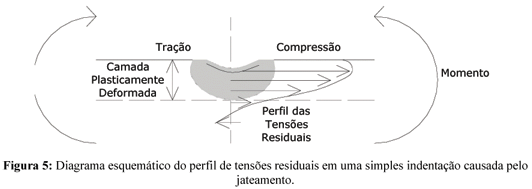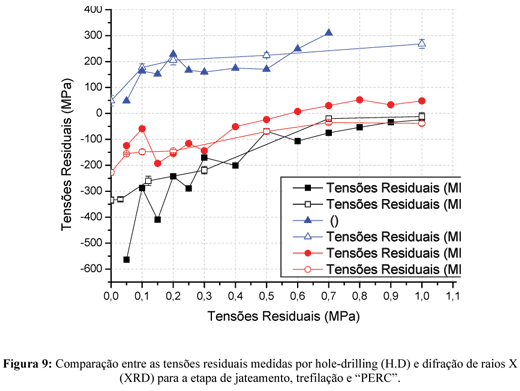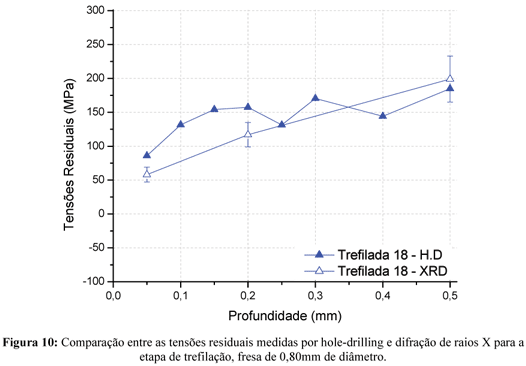The residual stresses in the surface and subsurface of mechanical components during the manufacturing process can affect the behavior and represent a significant potential for deviations in shape and size. These residual stresses also represent one of the main potentials for the distortion (which are bending and dimensional changes) in mechanical components during the manufacture. Therefore, the determination of the distribution and the control of these residual stresses in each stage of the manufacturing process is of great importance. In this work, analysis of the variation of the residual stresses were accomplished in cold-drawed bars of AISI 1045 steel due to the manufacturing process. The bars were analyzed by X-ray diffraction (XRD) and hole-drilling (H.D) to characterize the residual stresses. Starting from the values of strains obtained, the longitudinal residual stresses were calculated for each tested point. With this work, a detailed view of the development of stress in the surface to a depth of 1mm of bars after the process steps was obtained.
Residual stress; X-ray diffraction; hole-drilling




















